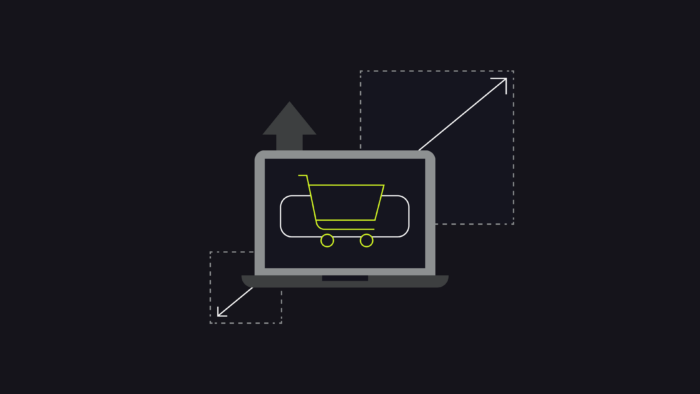
Managing a company is difficult, but expanding a business worldwide introduces a whole new set of challenges. If you have your sights set on conquering new lands, you need to devise a strategy in advance in order to avoid the dangers of being unprepared.
To help you do just that, here are five tips for expanding a business internationally with as little hassle as possible:
1. Be on the Lookout for Obstacles

Taxes, fees at customs, and other additional charges such as hefty shipping costs may simply make your items unaffordable for clients located in other countries, even if the prices of the products themselves are competitive.
This is why most savvy business owners set up distribution centers when expanding. If, for example, you want to tap into the lucrative but geographically remote Australian market, your best bet will be to partner with an eCommerce fulfillment center in Australia. This will allow you to keep stock in Australia and avoid the need to charge your consumers for additional services.
2. Develop an In-Depth Business Plan
When growing an international eCommerce empire, careful planning is essential to keep you one step ahead. That’s why you need a precise and comprehensive business plan that takes into consideration a variety of factors.
Your international business plan should also be adaptable enough that it’s relevant and applicable to different locations. This means you need to create a template you can apply to each new region you tackle, addressing fundamentals like market research and cultural differences.
3. Achieve Scalability

You need to place a strong emphasis on the scalability of your eCommerce platform, which refers to its capacity to accommodate any level of online traffic and sales.
Some companies make the mistake of beginning their operations with software that is only designed to serve organizations up to a particular size. This forces them to switch platforms once they exceed the program’s capabilities.
Your infrastructure, including your online store’s website, will be put under a greater amount of demand as your international influence grows. So you need to have a strong foundation from the very beginning. The alternative is scrambling to rectify problems down the road, and no one wants to do that.
4. Familiarize Yourself With the Global Market
A crucial first step before you start selling your products is to perform market research. It is via this method that you may decide, among other things, what your rates need to be and who your target audience is.
Make it a priority to learn whether or not you will be competing with a local brand as soon as possible. Take into consideration whether or not there is indeed a demand for your product (or goods) in particular places.
5. Pay Attention to Quality and Customer Satisfaction

Even if your head office is located halfway across the globe, you want your clients to have the impression that they are transacting with a nearby company when they make a purchase from you.
To put a consumer at ease enough to buy from you, it’s important to be personable and have good communication skills. The guarantee of quality and the fulfillment of your customers’ needs are also significant elements.
In a nutshell, you need to provide the same level of service to your international clients that they would get if they made a purchase from a local establishment.
Any items you sell must be of equal or higher quality than customers could get if they purchased from a local supplier. If you can sell them something they simply can’t get locally, then you’re onto a winning idea.
Follow these tips, and you’ll be on your way to global dominance.








